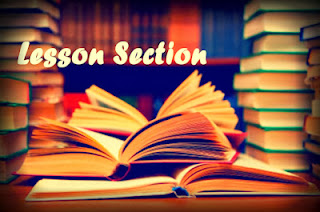Strategic Initiatives for Implementing Competitive Advantages
STRATEGIC INITIATIVES
Organizations can undertake high-profile strategic initiatives including :

1) SUPPLY CHAIN MANAGEMENT (SCM)
- Involves the management of information flows between and among stages in a supply chain to maximize total supply chain effectiveness and profitability.
- Four basis components of supply chain management include :

2) CUSTOMER RELATIONSHIP MANAGEMENT (CRM)
- Involves managing all aspects of a customer relationship with an organization to increase customer loyalty and retention and an organization profitability.
- CRM is not just technology but a strategy,process and business goal that an organization must embrace on an enterprise wide level.
- CRM can enable an organization to :

3) BUSINESS PROCESS REENGINEERING (BPR)
- Business Process is a standardized set of activities that accomplish a specific task.
- For example processing a customers order.
- BPR is the analysis and redesign of workflow within and between enterprises
- The purpise of BPR is to make all business processes best in class.
4) ENTERPRISE RESOURCE PLANNING (ERP)












